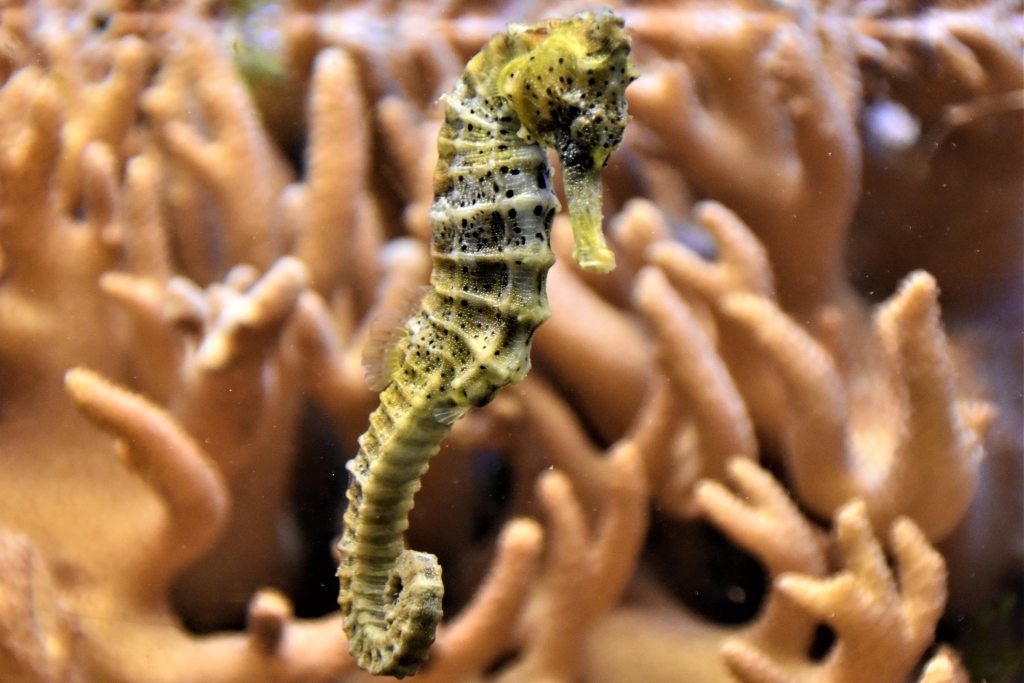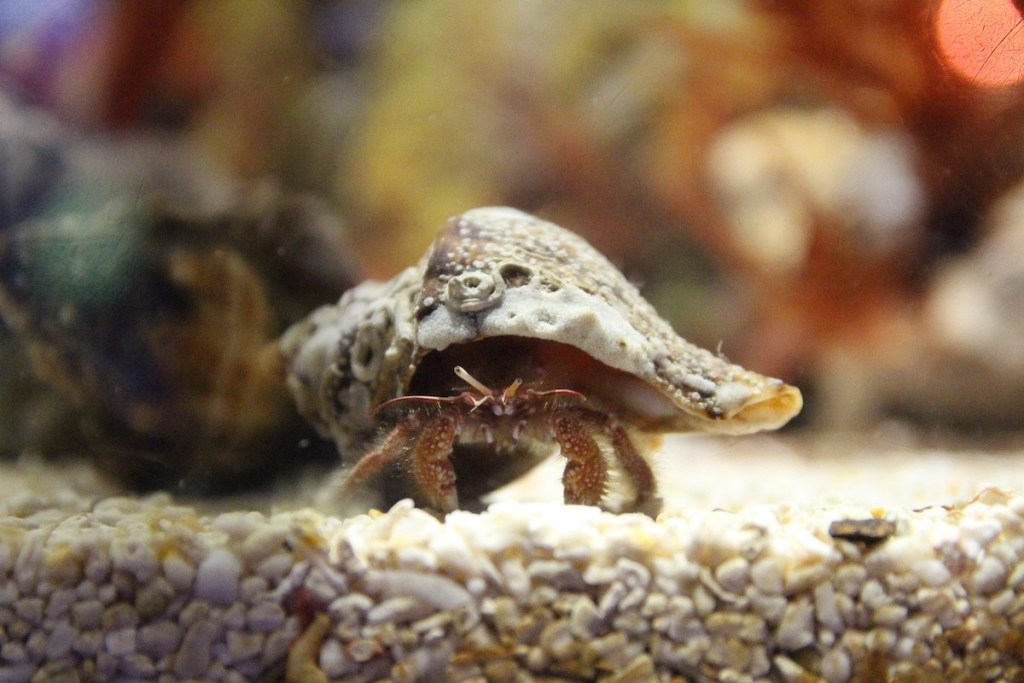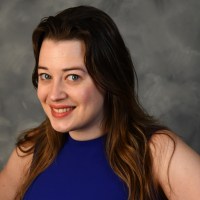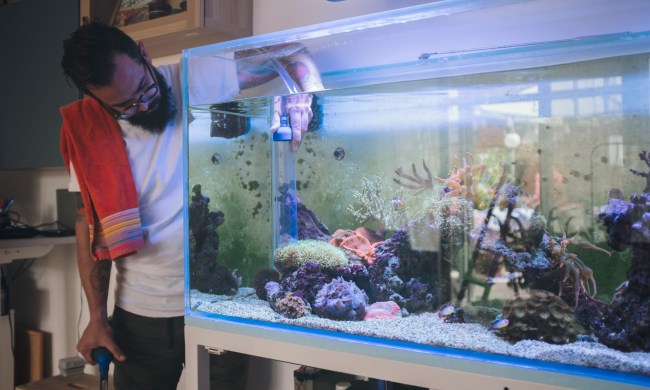Fish definitely win as arguably the best aquarium pets to have if you’re looking for something easy to take care of. Still, some pet owners are looking for something more challenging than neon tetras. Fortunately, an aquarium can house a number of interesting and even cute creatures, either to complete your tank or on their own. When you’re searching for a different kinds of tank animals, consider adding one of these five creatures to your aquarium.

Aquarium pets
Sea horse
Okay, the sea horse is technically a fish, but he makes for a very different-looking and really fun pet. Because of their gentle nature, it can be tricky to add these funny guys to an existing tank. They won’t do well with a more aggressive fish like tangs, for example. However, these display-worthy animals can thrive in a tank on their own or with a group of small gobies. Sea horses prefer vertical tanks, which allow them to swim up and down, grasping onto perches as they go. To satisfy this pet, you need a number of “hitching posts” for them to latch onto. We recommend placing this tank in a well-lit, central spot for viewers to watch these cuties swim casually in their home.
Aquatic frog
Because we think of frogs as the antithesis of a handsome prince, it’s hard to picture how they might be seen as cute. But these tiny swimmers will certainly warm your heart. Unlike some of these other animals, the aquatic frog works well with many types of fish and can be added seamlessly to an aquarium. In fact, they’re one of the few animals who will get along with more solitary creatures such as bettas. Of course, you need to carefully introduce any new inhabitant to your tank, but this amphibian might get along better than others. Your housing probably already has his basic necessities on hand, though frogs require special sinking food and sometimes more powerful filters.

Freshwater crab
You’ll have to be extra careful if you want to house crabs, as their pinchers can pose a menace to you and their tankmates. Some small fish may also look like a meal to these omnivores, and you certainly don’t want to house crabs with any fish above them on the food chain, either. However, crabs can make a great addition to the right tank or can live together with some of their own, provided there’s enough room. One of the most important things to think about when setting this up is how to keep your crab in. These climbers make great escape artists and will happily leave the tank if given the chance. Check carefully when you put your aquarium together and after every feeding that the lid seals firmly behind you. To satisfy her climbing spirit, you’ll want to keep a few perches above the waterline and many more below it. Rocks, plants, wood, and accessories create great places for crabs to explore and give them a place to hide if they’re not in the mood to be on display.
Aquarium snails
We’re not talking about the snails you might find in the garden — some species live their whole lives underwater. While these little critters won’t go well with those crabs who might see them as dinner, they cohabitate nicely with many freshwater fish. Plus, they enjoy eating leftovers and will happily munch on extra food and algae. Like your freshwater crab, though, these slowpokes climb, or slide really, and will make a break for the open air if given the chance. Along those lines, you may want to take them out for a gentle cleaning every so often (shell only; the soft body is acutely sensitive). And you need to make sure you have extra calcium in the water so they can grow their personal house.

Shrimp
You’ll never get bored with shrimp in your tank. More than other non-fish tank dwellers, they love to move around and enjoy their environment. Feel free to sit back and enjoy “shrimp TV” whenever you find them in a particularly playful mood. Best of all, they will clean up your tank like it’s their job (it kind of is). Many shrimp snack on algae and other microbes in the water, helping to keep the tank fresh and well balanced. As with other non-fish aquarium dwellers, you will probably opt to keep these guys on their own. Be especially careful of mixing with big fish, or your little pal will become someone else’s dinner. However, they mix well with some smaller fish like guppies or certain breeds of catfish.
While many of these unusual pets make a great addition to your tank setup, they don’t always get along with fish. We recommend most aquarists keep their species at least mostly separate. But having one more tank just adds to your theme. Especially for pros, branching out into non-fish aquarium pets completes your home aquariums and ups your underwater game.



